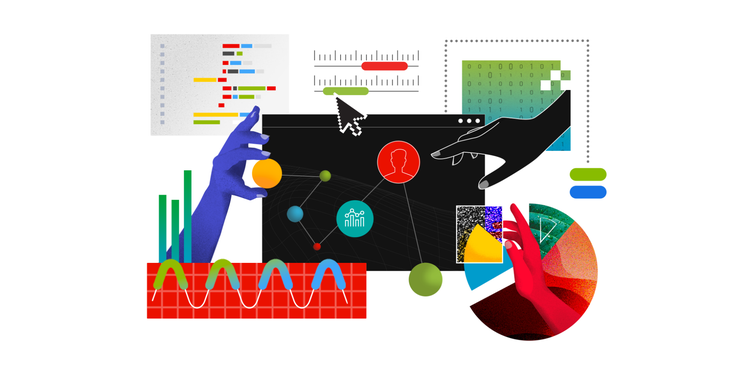Decoding Commuting Distance Patterns
Introduction Commuting has important implications for our health, environment, and economy as discussed in a previous blog post. To follow up on the previous piece, this post further explores commuting patterns by taking a closer look at commuting distances. We will highlight some new analyses and modeling done on publicly available commuting data to learn…










